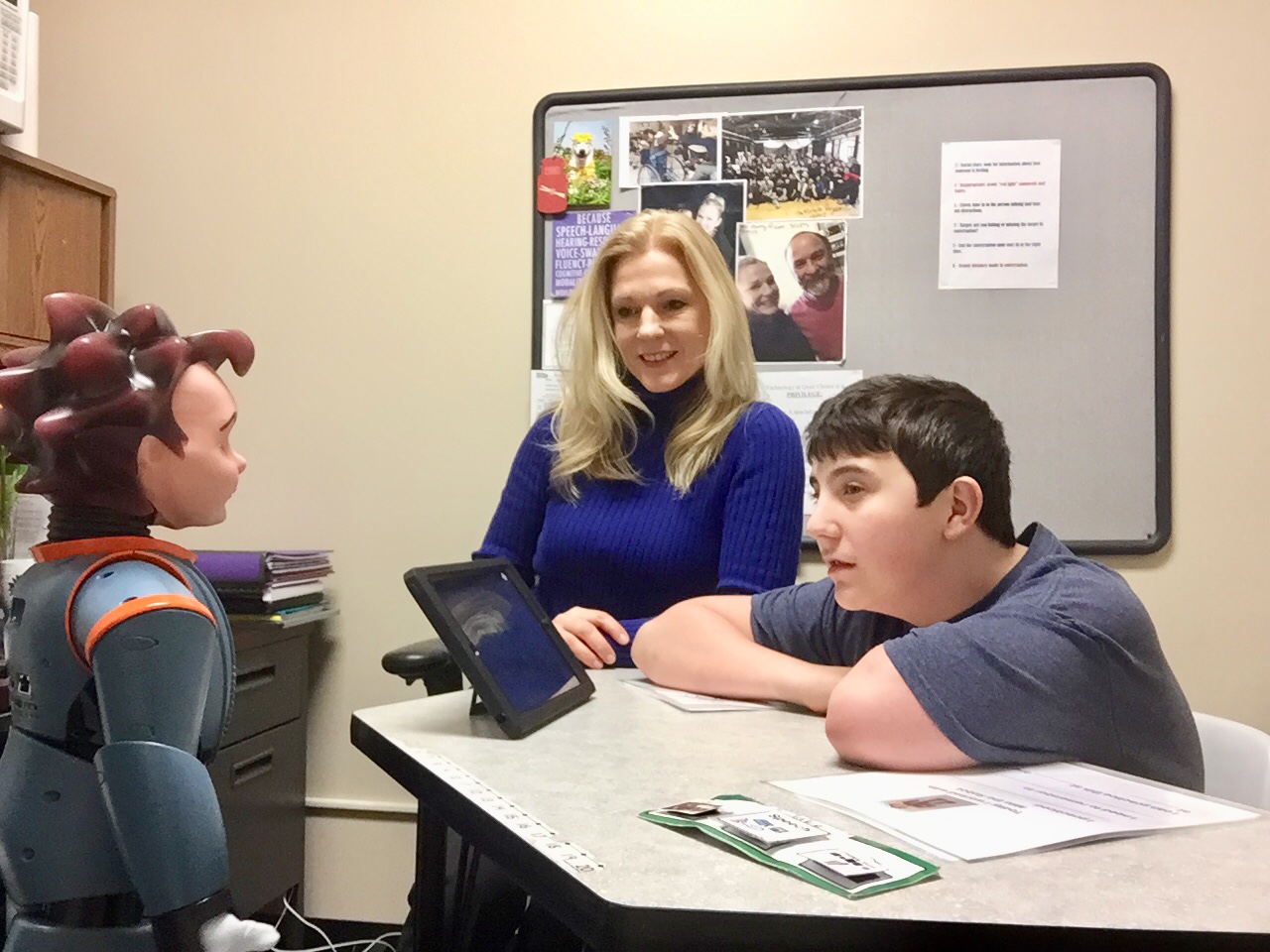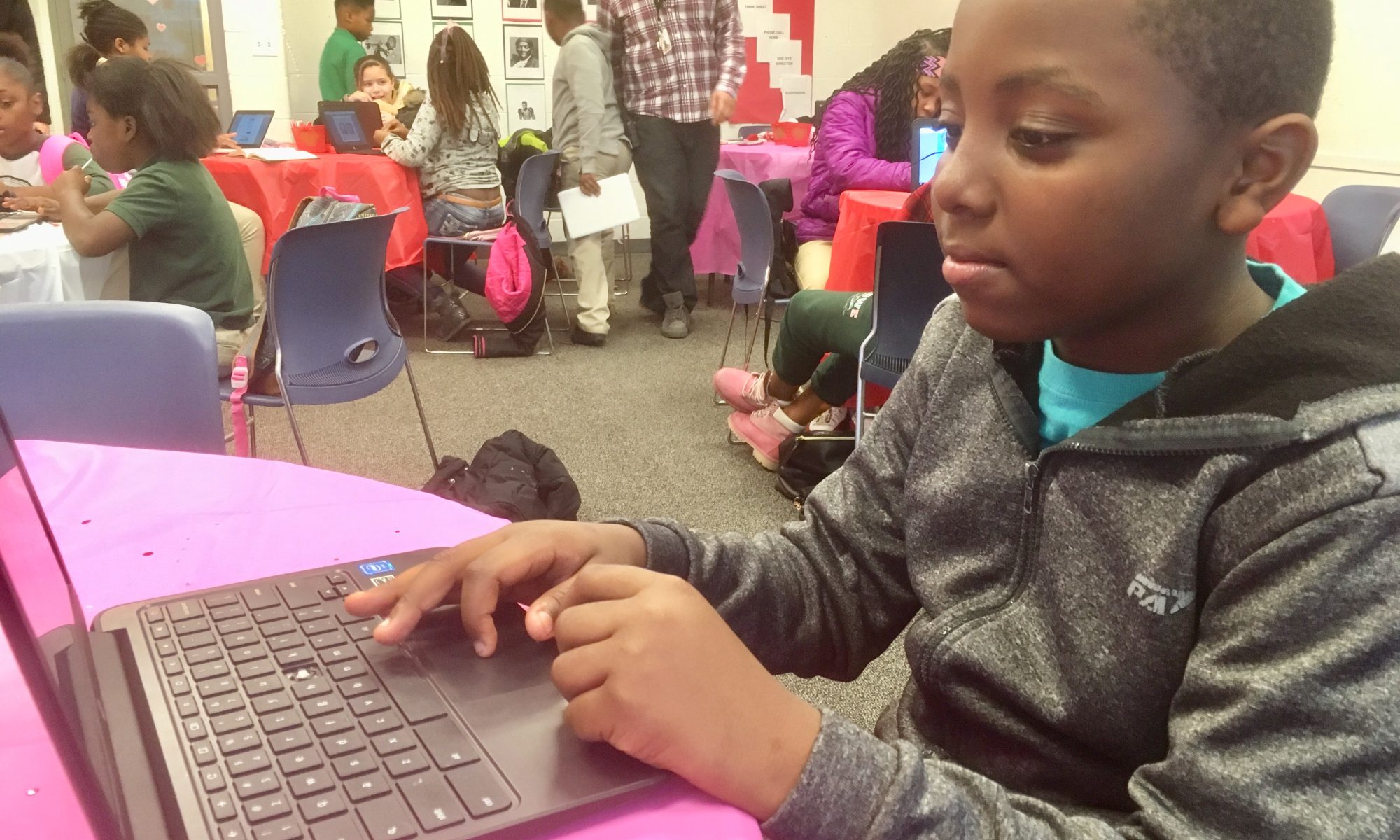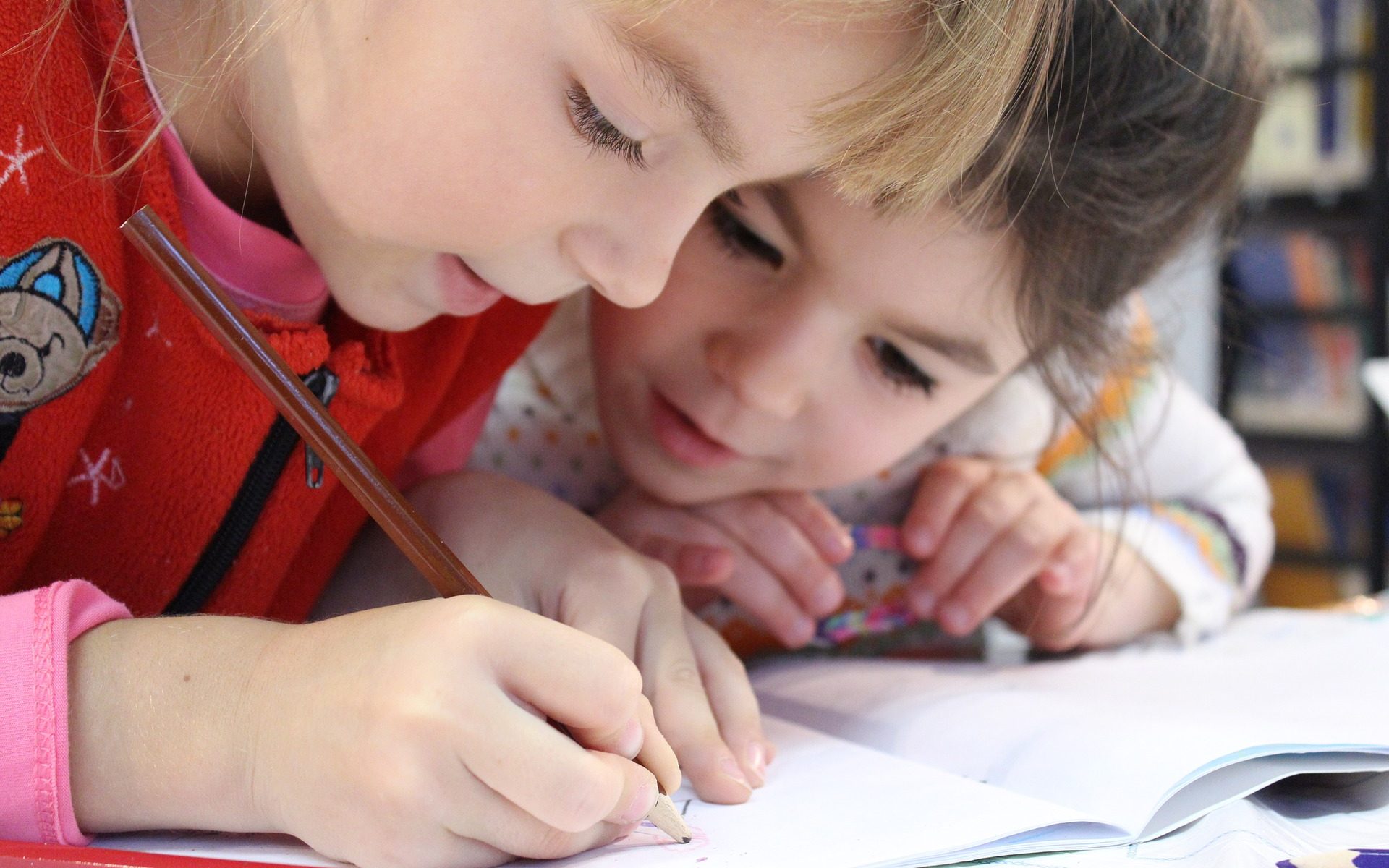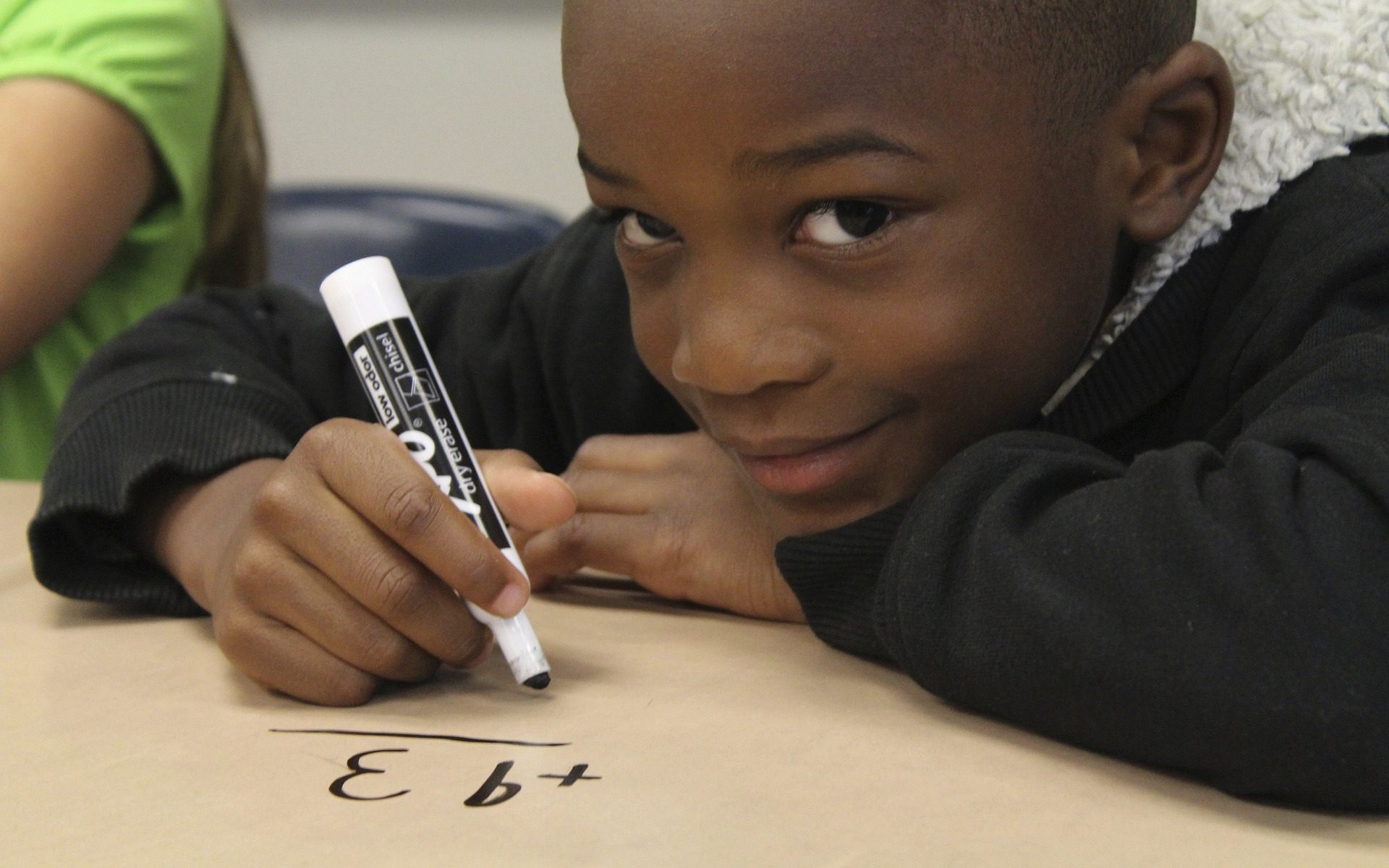The Pew Research Center has released results to a poll of relatively new internet users in developing countries that found the internet is viewed pretty favorably, particularly when it comes to education. Sixty-four percent of the respondents felt that the internet had a positive impact on education and 53 percent said the same for personal relationships. When asked the same thing about the internet’s influence on politics and morality, however, only 36% and 29% had a favorable view, respectively. When you look at the way the internet is utilized in America and other developed nations, I’d say these observations align. There …
Continue reading “Survey: Internet helps education, hurts morality”








